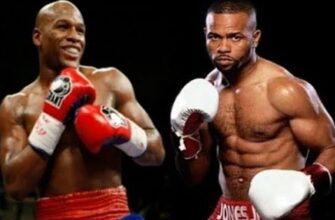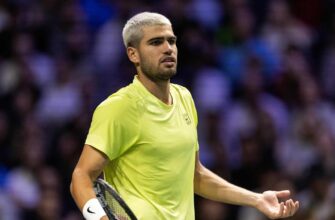The Marine Messe Fukuoka Hall in Japan recently played host to K-1 DONTAKU, an event that transcended a mere fight card. With eighteen bouts featuring a mix of seasoned champions, determined contenders, and promising newcomers, the night painted a vivid picture of the current landscape of K-1 kickboxing: a sport in constant motion, driven by ambition and the relentless pursuit of excellence. It was a narrative of comebacks, contested legacies, and bold declarations, setting the stage for an intriguing future.
The Unlikely Return of a Heavyweight Monarch
Perhaps the most compelling story of the night was the long-awaited return of Dutch heavyweight champion Roel Manaart. After a five-year hiatus, during which K-1`s cruiserweight and openweight divisions saw considerable action but the heavyweight title remained—unchallenged yet not vacant—Manaart stepped back into the ring. The ring rust was visible, a testament to his prolonged absence, yet his aggressive intent was undeniable.
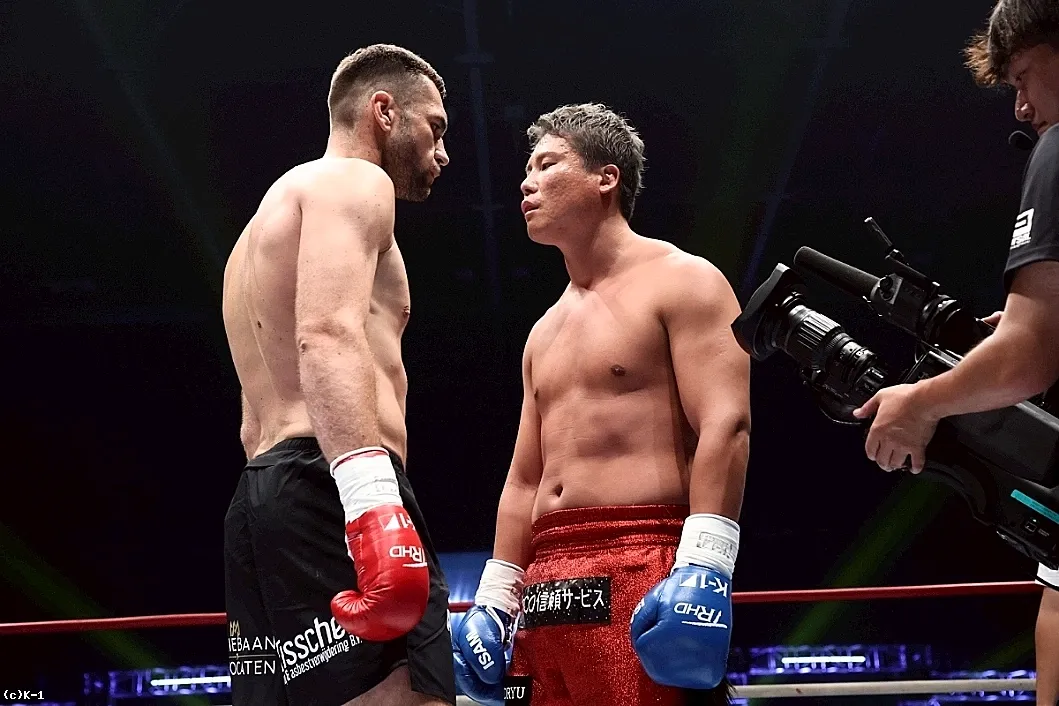
Facing the smaller K-Jee, Manaart wasted no time, launching a relentless assault of calf kicks. K-Jee, who has unfortunately faced a challenging run with seven losses in his last eight bouts, simply had no answer. Despite an initial show of resistance, the sheer force and persistence of Manaart`s strikes proved overwhelming. K-Jee folded in the second round after multiple knockdowns, securing an inside-the-distance victory for the returning champion.
The drama didn`t end with the final bell. Moments after Manaart`s triumph, Ariel Machado, a fighter who has found a late-career resurgence since moving to heavyweight, entered the ring. Machado, fresh off his own calf-kick knockout victory over Rio Richardson earlier that night, wasted no time in issuing a direct challenge to Manaart for the next K-1 event. This immediately ignited speculation about a potentially explosive clash between the newly re-established champion and a resurgent veteran.
SAHO`s Reign: A Victory Tempered by Self-Critique
Another focal point was the K-1 Women`s Flyweight (-52 kg) title defense, where reigning champion SAHO faced former ONE title challenger Lara Fernandez. While SAHO ultimately secured a comfortable decision win, successfully defending her title for the first time, the bout was, by her own admission, a somewhat lackluster affair.
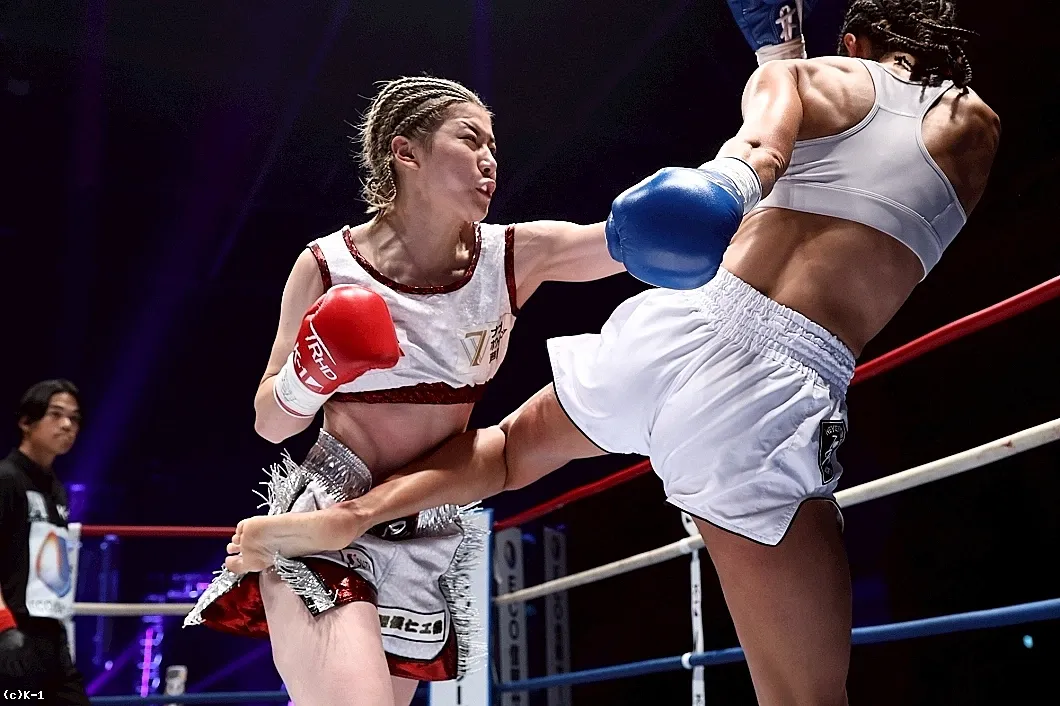
SAHO, known for her aggressive style, struggled to find her rhythm against the taller, rangier Fernandez. She did, however, find her mark in the second round, scoring a crucial knockdown with a clean right straight. Despite the win, SAHO`s post-fight remarks highlighted her relentless pursuit of perfection:
“I’m really not satisfied at all. What people expect from me is to finish fights, and that’s the only thing that matters. If I don’t deliver on that, the belt won’t increase in value. I can’t be content with this.”
Such self-critique from a champion, even in victory, speaks volumes about her dedication. This sentiment was amplified at the post-fight press conference, where K-1 producer Mitsuru Miyata hinted at a potential cross-promotional collaboration. The ambitious goal: to pit SAHO against RISE champion Tessa de Kom. This potential “dream match” would undoubtedly be a monumental event, transcending promotional boundaries and offering fans a truly unique spectacle.
Champions Ascend, Challengers Emerge
Beyond the main title bouts, K-1 DONTAKU saw several top contenders solidify their positions and new challenges being laid down. In the MAX division, Kacper Muszyński and Zhora Akopyan both secured stoppage wins against formidable opponents, reinforcing their status as formidable contenders ahead of the September tournament. Muszyński, in particular, stood out, signaling his potential as a strong favorite, perhaps second only to the reigning champion, should he remain at 70 kilograms. However, whispers from his team suggest a potential move up in weight, a decision that could reshape the division.
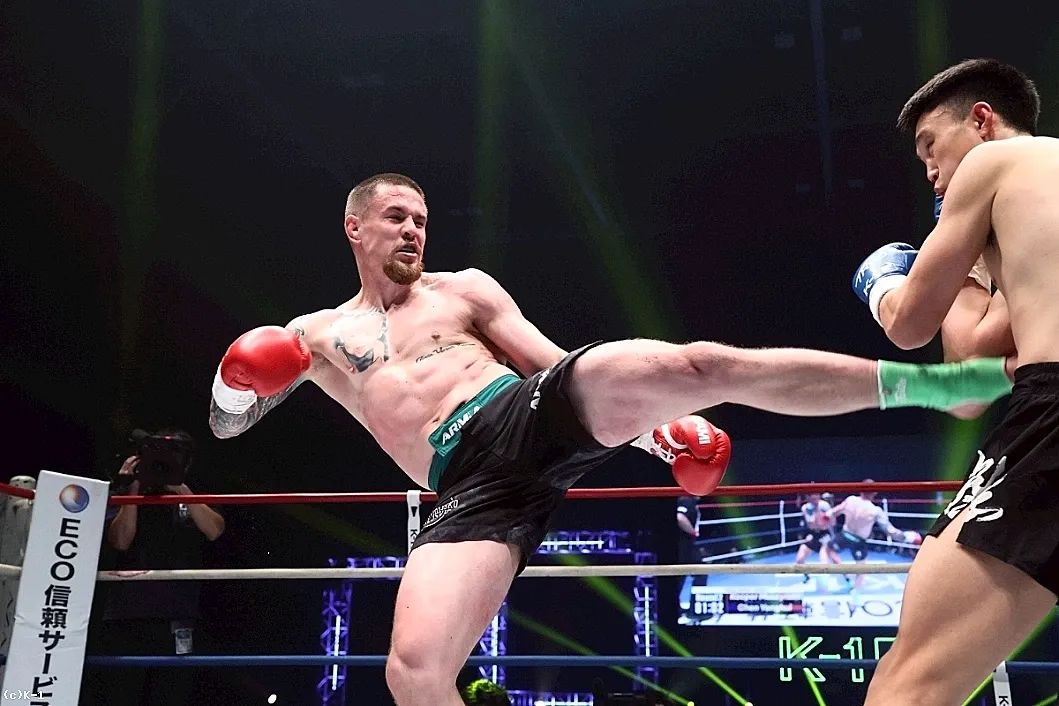
Featherweight (-57.5 kg) champion Takumi Terada delivered a swift and decisive performance, stopping Angelos Kaponis in the opening round. Terada pressured the Greek fighter against the ropes, landing a devastating overhand right followed by a left hook that compelled the referee to halt the contest. His post-fight declaration left no room for doubt regarding his future ambitions:
“I’m the current champion, and I wasn’t satisfied being placed in the early semi-main event slot, but I think I was able to show my true ability this time. There are no more opponents left for me here, so I’m calling out K-1 Super Featherweight champion Rémi Parra. I’m the only one who can beat him, so please make it happen.”
Terada`s bold call-out of Super Featherweight (-60 kg) champion Rémi Parra signals a clear intent to conquer new heights and further cement his legacy across weight classes. It`s a statement of confidence, perhaps even a touch of calculated arrogance, that promises an exciting future bout if K-1 matchmakers oblige.
The Road Ahead for K-1
K-1 DONTAKU was more than just an event; it was a testament to the dynamic and competitive spirit of kickboxing. From Manaart’s compelling comeback to SAHO’s critical self-assessment and the ambitious challenges issued by Terada and Machado, the night was replete with narratives that will undoubtedly shape K-1’s trajectory in the coming months. The possibility of inter-promotional clashes adds another layer of intrigue, promising fans an era of unprecedented excitement and high-stakes competition. As the dust settles in Fukuoka, the combat sports world eagerly awaits the next chapter in K-1`s evolving story.



